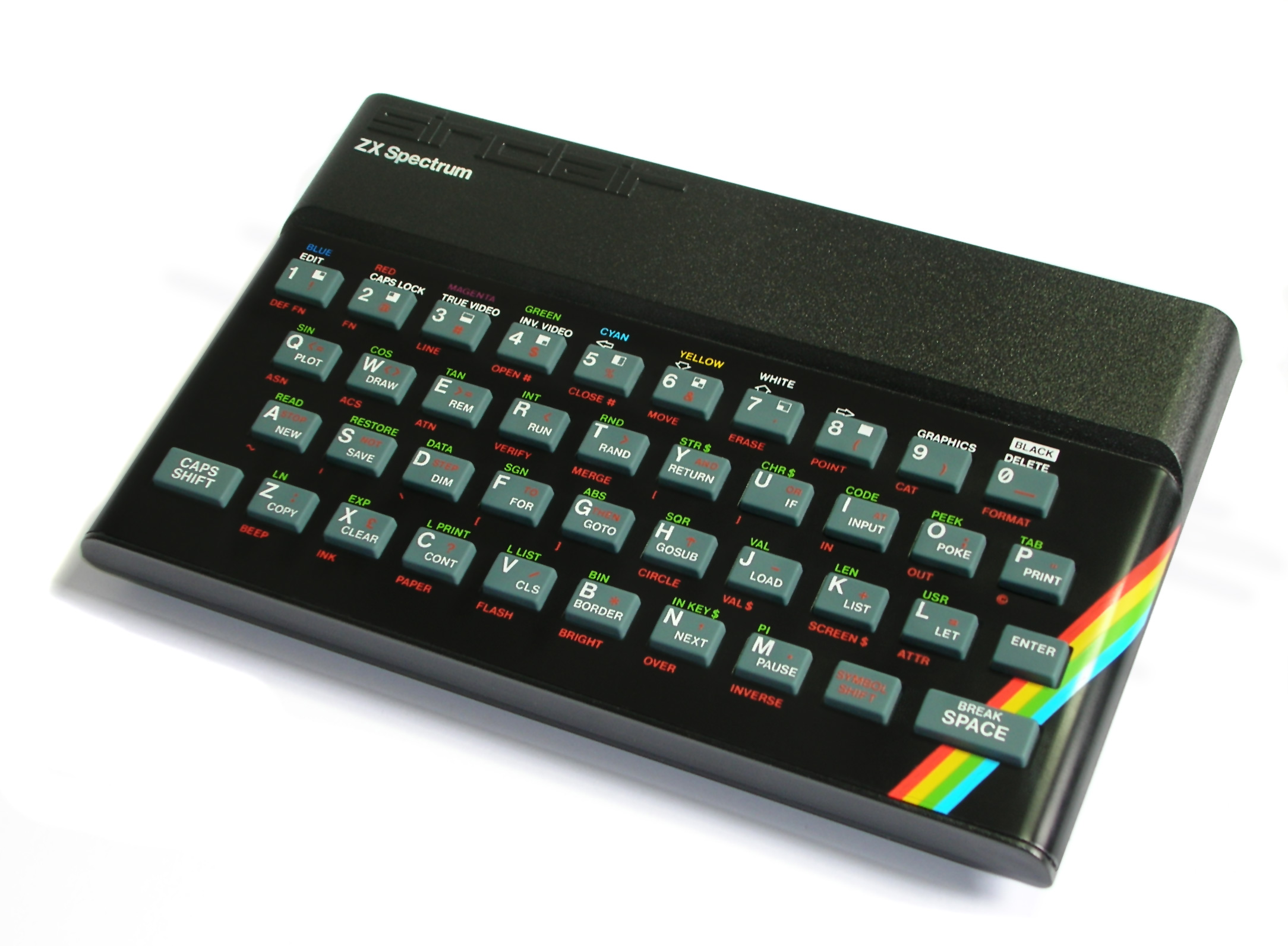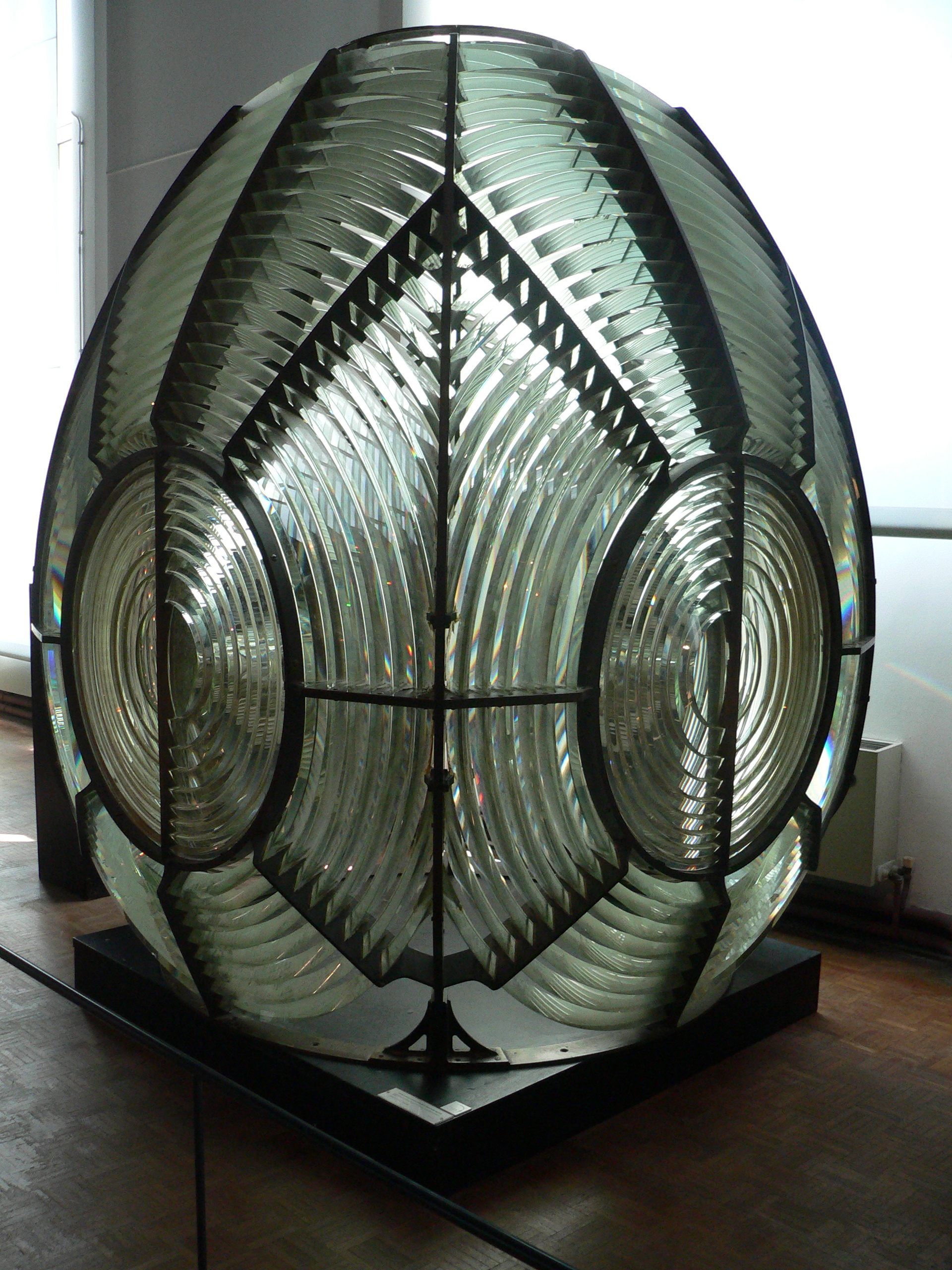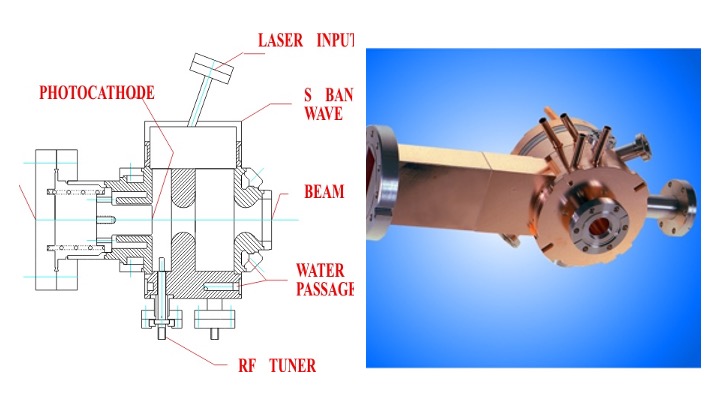|
TV80
The Sinclair TV80, also known as the Flat Screen Pocket TV or FTV1, was a pocket television released by Sinclair Research in September 1983. Unlike Sinclair's earlier attempts at a portable television, the TV80 used a flat CRT with a side-mounted electron gun instead of a conventional CRT; the picture was made to appear larger than it was by the use of a Fresnel lens. It was a commercial failure, and did not recoup the £4 million it cost to develop; only 15,000 units were sold. ''New Scientist'' warned that the technology used by the device would be short-lived, in view of the liquid crystal display technology being developed by Casio is a Japanese multinational electronics manufacturing corporation headquartered in Shibuya, Tokyo, Japan. Its products include calculators, mobile phones, digital cameras, electronic musical instruments, and analogue and digital watches. It .... File:SinclairFTV1frontPCB4.jpg, Front side of the PCB showing the flat CRT assembly File:Sinc ... [...More Info...] [...Related Items...] OR: [Wikipedia] [Google] [Baidu] |
Sinclair Research
Sinclair Research Ltd is a British consumer electronics company founded by Clive Sinclair in Cambridge in the 1970s. In 1980, the company entered the home computer market with the ZX80 at £99.95, at that time the cheapest personal computer for sale in the United Kingdom. A year later, the ZX81 became available through retailers, introducing home computing to a generation, with more that 1.5 million sold. In 1982 the ZX Spectrum was released, becoming the UK's best selling computer, and competing aggressively against Commodore and Amstrad. A combination of the failures of the Sinclair QL computer and the TV80 pocket television led to financial difficulties in 1985, and a year later Sinclair sold the rights to its computer products and brand name to Amstrad. Sinclair Research Ltd continued to exist as a one-man company, marketing Clive Sinclair's inventions. History Founding and early years On 25 July 1961, Clive Sinclair founded his first company, Sinclair Radi ... [...More Info...] [...Related Items...] OR: [Wikipedia] [Google] [Baidu] |
Cathode-ray Tube
A cathode-ray tube (CRT) is a vacuum tube containing one or more electron guns, which emit electron beams that are manipulated to display images on a phosphorescent screen. The images may represent electrical waveforms on an oscilloscope, a Film frame, frame of video on an Analog television, analog television set (TV), Digital imaging, digital raster graphics on a computer monitor, or other phenomena like radar targets. A CRT in a TV is commonly called a picture tube. CRTs have also been Williams tube, used as memory devices, in which case the screen is not intended to be visible to an observer. The term ''cathode ray'' was used to describe electron beams when they were first discovered, before it was understood that what was emitted from the cathode was a beam of electrons. In CRT TVs and computer monitors, the entire front area of the tube is scanned repeatedly and systematically in a fixed pattern called a raster scan, raster. In color devices, an image is produced by con ... [...More Info...] [...Related Items...] OR: [Wikipedia] [Google] [Baidu] |
Fresnel Lens
A Fresnel lens ( ; ; or ) is a type of composite compact lens (optics), lens which reduces the amount of material required compared to a conventional lens by dividing the lens into a set of concentric annular sections. The simpler Dioptrics, dioptric (purely refraction, refractive) form of the lens was first proposed by Georges-Louis Leclerc, Comte de Buffon, and independently reinvented by the French physicist Augustin-Jean Fresnel (1788–1827) for use in lighthouses. The Catadioptric system, catadioptric (combining refraction and reflection) form of the lens, entirely invented by Fresnel, has outer Prism (optics), prismatic elements that use total internal reflection as well as refraction to capture more oblique light from the light source and add it to the beam, making it visible at greater distances. The design allows the construction of lenses of large aperture and short focal length without the mass and volume of material that would be required by a lens of conventional ... [...More Info...] [...Related Items...] OR: [Wikipedia] [Google] [Baidu] |
Handheld Television
A handheld television is a portable device for watching television that usually uses a TFT LCD or OLED and CRT color display. Many of these devices resemble handheld transistor radios. History In 1970, Panasonic released the first TV which was small enough to fit in a large pocket; called the Panasonic IC TV MODEL TR-001 and Sinclair Research released the second pocket television, the MTV-1. Since LCD technology was not yet mature at the time, the TV used a minuscule CRT which set the record for being the smallest CRT on a commercially marketed product. Later in 1982, Sony released their first model - the FD-200, which was introduced as “Flat TV” later renamed after the nickname Watchman, a play on the word Walkman. It had grayscale video at first. Several years later, a color model with an active-matrix LCD was released. Some smartphones integrate a television receiver, although Internet broadband video is far more common. Since the switch-over to digital broa ... [...More Info...] [...Related Items...] OR: [Wikipedia] [Google] [Baidu] |
MTV-1
The MTV-1 Micro TV was the second model of a near pocket-sized television. The first was the Panasonic IC model TR-001 introduced in 1970. The MTV-1 was developed by Clive Sinclair ( Sinclair Radionics Ltd). It was shown to the public at trade shows in London and Chicago in January, 1977, and released for sale in 1978. Development spanned 10 years and included from the UK government in 1976. The MTV-1 used an AEG Telefunken black-and-white, electrostatic deflection cathode ray tube (CRT) and included a rechargeable 4- AA-cell NiCad battery pack. It measured and weighed . It was able to receive either PAL or NTSC transmissions on VHF or UHF, the world's first multi-standard TV. A Welsh company, Wolsey Electronics, manufactured it for Sinclair. Custom ICs made by Texas Instruments Texas Instruments Incorporated (TI) is an American multinational semiconductor company headquartered in Dallas, Texas. It is one of the top 10 semiconductor companies worldwide based on sa ... [...More Info...] [...Related Items...] OR: [Wikipedia] [Google] [Baidu] |
Electron Gun
file:Egun.jpg, Electron gun from a cathode-ray tube file:Vidicon Electron Gun.jpg, The electron gun from an RCA Vidicon video camera tube An electron gun (also called electron emitter) is an electrical component in some vacuum tubes that produces a narrow, collimation, collimated electron beam that has a precise kinetic energy. The largest use is in cathode-ray tubes (CRTs), used in older television sets, computer displays and oscilloscopes, before the advent of flat-panel displays. Electron guns are also used in field-emission display, field-emission displays (FEDs), which are essentially flat-panel displays made out of rows of extremely small cathode-ray tubes. They are also used in microwave linear beam vacuum tubes such as klystrons, inductive output tubes, travelling-wave tubes, and gyrotrons, as well as in scientific instruments such as electron microscopes and particle accelerators. Electron guns may be classified by the type of electric field generation (DC or RF), by e ... [...More Info...] [...Related Items...] OR: [Wikipedia] [Google] [Baidu] |
New Scientist
''New Scientist'' is a popular science magazine covering all aspects of science and technology. Based in London, it publishes weekly English-language editions in the United Kingdom, the United States and Australia. An editorially separate organisation publishes a monthly Dutch-language edition. First published on 22 November 1956, ''New Scientist'' has been available in online form since 1996. Sold in retail outlets (paper edition) and on subscription (paper and/or online), the magazine covers news, features, reviews and commentary on science, technology and their implications. ''New Scientist'' also publishes speculative articles, ranging from the technical to the philosophical. ''New Scientist'' was acquired by Daily Mail and General Trust (DMGT) in March 2021. History Ownership The magazine was founded in 1956 by Tom Margerison, Max Raison and Nicholas Harrison as ''The New Scientist'', with Issue 1 on 22 November 1956, priced at one shilling (). An article in the magazi ... [...More Info...] [...Related Items...] OR: [Wikipedia] [Google] [Baidu] |
Liquid Crystal Display
A liquid-crystal display (LCD) is a flat-panel display or other Electro-optic modulator, electronically modulated optical device that uses the light-modulating properties of liquid crystals combined with polarizers to display information. Liquid crystals do not emit light directly but instead use a backlight or Reflector (photography), reflector to produce images in color or Monochrome monitor, monochrome. LCDs are available to display arbitrary images (as in a general-purpose computer display) or fixed images with low information content, which can be displayed or hidden: preset words, digits, and seven-segment displays (as in a digital clock) are all examples of devices with these displays. They use the same basic technology, except that arbitrary images are made from a matrix of small pixels, while other displays have larger elements. LCDs are used in a wide range of applications, including LCD televisions, computer monitors, Dashboard, instrument panels, flight instrument ... [...More Info...] [...Related Items...] OR: [Wikipedia] [Google] [Baidu] |
Casio
is a Japanese multinational electronics manufacturing corporation headquartered in Shibuya, Tokyo, Japan. Its products include calculators, mobile phones, digital cameras, electronic musical instruments, and analogue and digital watches. It was founded in 1946, and in 1957 introduced the first entirely compact electronic calculator. It was an early digital camera innovator, and during the 1980s and 1990s, the company developed numerous affordable home electronic keyboards for musicians along with introducing the first mass-produced digital watches. History Casio was established as Kashio Seisakujo in April 1946 by (1917–1993), an engineer specializing in fabrication technology. Kashio's first major product was the yubiwa pipe, a finger ring that would hold a cigarette, allowing the wearer to smoke the cigarette down to its nub while also leaving the wearer's hands free. Japan was impoverished immediately following World War II, so cigarettes were valuable, and the inventi ... [...More Info...] [...Related Items...] OR: [Wikipedia] [Google] [Baidu] |
Television Technology
The technology of television has evolved since its early days using a mechanical system invented by Paul Gottlieb Nipkow in 1884. Every television system works on the scanning principle first implemented in the rotating disk scanner of Nipkow. This turns a two-dimensional image into a time series of signals that represent the brightness and color of each resolvable element of the picture. By repeating a two-dimensional image quickly enough, the impression of motion can be transmitted as well. For the receiving apparatus to reconstruct the image, synchronization information is included in the signal to allow proper placement of each line within the image and to identify when a complete image has been transmitted and a new image is to follow. While mechanically scanned systems were experimentally used, television as a mass medium was made practical by the development of electronic camera tubes and displays. By the turn of the 21st century, it was technically feasible to replace ... [...More Info...] [...Related Items...] OR: [Wikipedia] [Google] [Baidu] |







